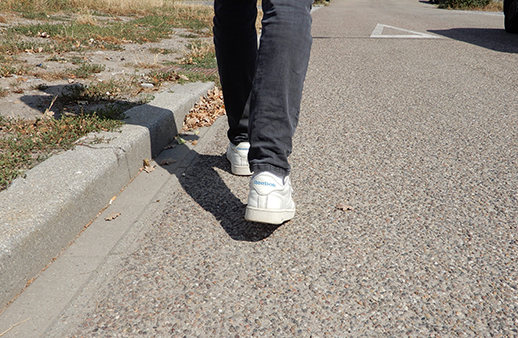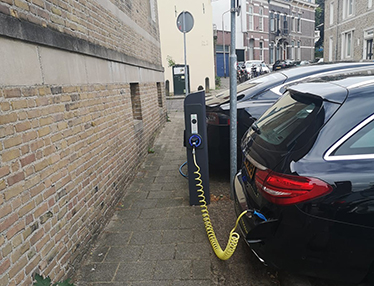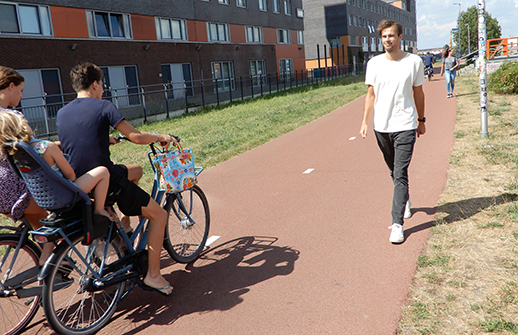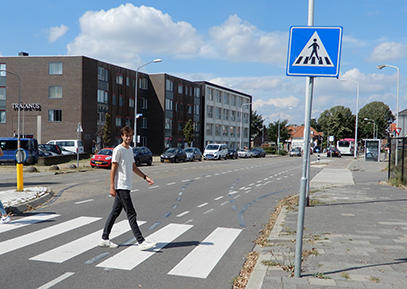Step-by-step towards pedestrian policies: Walkability
October 2020
Despite the growing importance of pedestrian participation in mobility as a whole, pedestrian priorities are often not embedded in government ambitions, visions or policies. Away from pedestrianised city and town centres, walking is very much ‘last on the bill’. This low priority is strange, as nearly every journey starts and ends on foot as part of another journey. Also, walking is very much a means of transport in itself and the most sustainable one available to mankind.
International awareness
The international Transportation and Development Policy organisation has set up a set of principles and indicators on how pedestrian-friendly a city really is. This organisation also shows how infrastructure often ‘pretends’ to be created for pedestrians, whilst it is truly about providing other means of transport the full free range. An example of this can be observed in this walkability video:
Awareness in The Netherlands
In The Netherlands, awareness of the importance of good pedestrian infrastructure is also growing. Historically, there has been a great focus here on cycling besides driving, with pedestrians often taking the remaining bits of public space only. It was recently announced that a ‘New city deal space for walking’ will force government bodies to experiment with new walking initiatives.
This is very much welcome. Recent research shows that over 20,000 Dutch pedestrians per year are affected by unilateral incidents for which A&E-treatment is needed, whilst road traffic accident figures only identify 3200 serious pedestrian injuries per year. The difference between these two figures show there is a lot of ‘hidden’ pedestrian inconvenience in public space.
Internationally, pedestrians often have to navigate narrow pavements, with sections of on-road walking necessary for route sections where there is no pavement. In The Netherlands, pedestrians regularly end up walking on cycle paths, where increased traffic and greater differences in speed are both challenging safety for all.
Integrated approach
Our pedestrian vision is in line with the principles of the international Transportation and Development Policy. The pedestrian needs a place to walk and besides it being safe, ‘walking quality’ should be taken into account. There are many factors that can contribute to this.
A walking route or network is ideally useful (with destinations on-route), convenient (with better/faster access in comparison to other mobility means), inclusive (with attention to wheelchair users and the visually impaired), comfortable (solutions for weather conditions, fatigue and other) and enjoyable (with experience enhancing features such as street art, entertainment or facilities). Walking should also be integrated with mobility hubs, logistic hubs and city redevelopment.
We are currently putting these principles to work in a variety of projects. We are happy to discuss the potential of walking as part of your mobility projects. We can also help your organisation with the development of your pedestrian policies.





